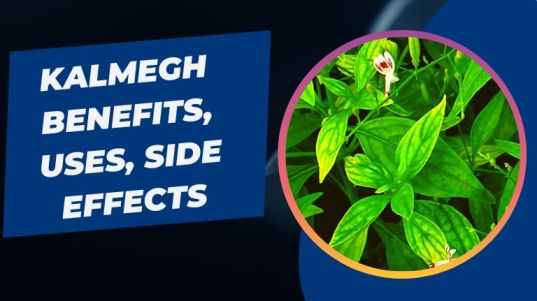Dry Needling vs Acupuncture: Benefits and Risks
Dry needling is a type of treatment where you insert very thin needles into the skin to stimulate acupuncture points in an attempt to release symptoms within the body. Acupuncture is the practice of inserting fine needles into specific points on the body with the aim of stimulating energy. In this article, I will tell you about the benefits and risks of dry needling vs acupuncture so that you can make an informed choice on what technique works best for your needs.
What is Dry Needling and Acupuncture?
The most common form of acupuncture is dry needling, which is a type of needle that penetrates the skin but doesn’t inject any fluid into the body. The other type of acupuncture is wet needling, which is where a small amount of liquid solution is inserted into the skin. For example, if someone has an injury or pain in their left ear, then they might have a needle inserted into their ear to relieve some pressure and pain.
Benefits of Dry Needling vs Acupuncture
Dry needling is a type of treatment that uses long, thin needles to target areas in the body that are causing pain. It is typically done to release trigger points and relieve muscle spasms. Dry needling is typically used by physical therapists, chiropractors, and massage therapists, but it can also be performed by many other healthcare providers such as massage therapists, physicians, and dentists. Acupuncture is a traditional Chinese medical therapy that involves inserting very thin needles into specific points on the body to relieve pain or alleviate symptoms like headaches and nausea. In addition to being used for pain relief, acupuncture has been known for promoting balance in the body’s Qi energy.
Risks of Dry Needling and Acupuncture
Dry needling and acupuncture are both forms of treatment that involve using a thin needle to stimulate the body’s nerves. However, there is one major difference between these two types of treatments: dry needling involves inserting the needle into an area that can’t easily be reached by traditional methods (such as with acupuncture needles on the facial points), while acupuncture needles can be inserted anywhere on the body.
Conclusion
Dry needling and acupuncture are both used to stimulate the body’s internal pathways. Dry needling involves inserting very fine needles into a specific trigger point while acupuncture uses tiny needles that are manipulated on the surface of the skin. Both methods have shown evidence of having profound effects in treating pain, inflammation, and other ailments. The two treatments also share many similarities.


